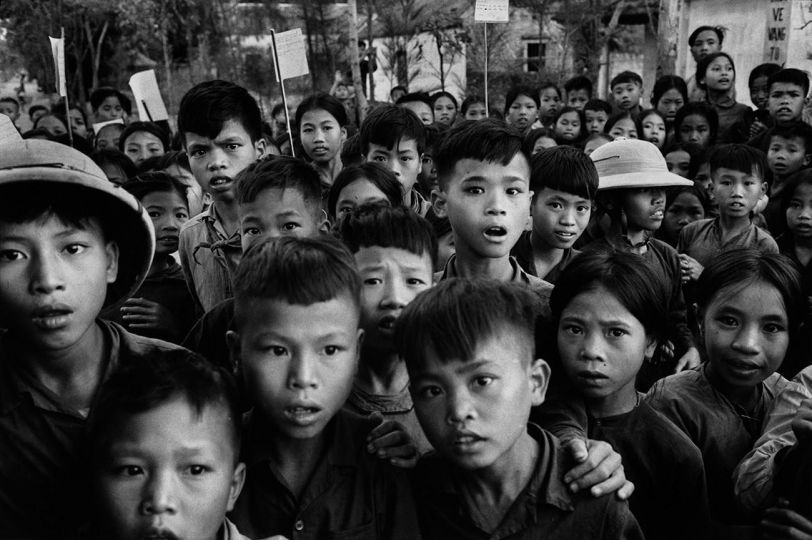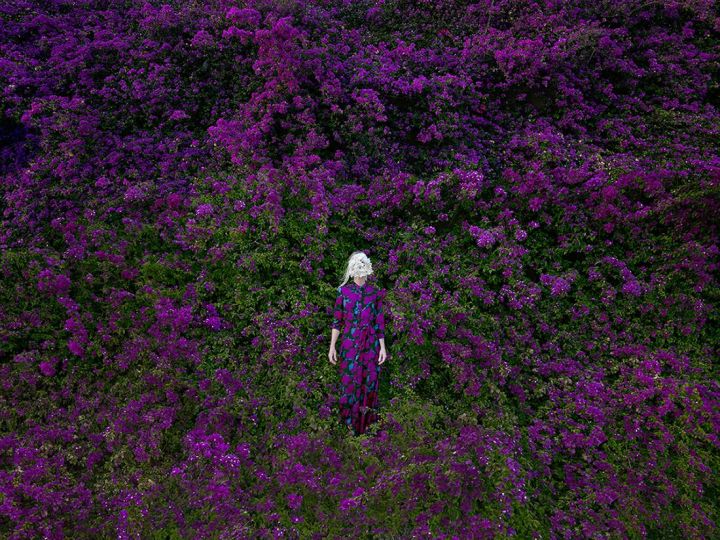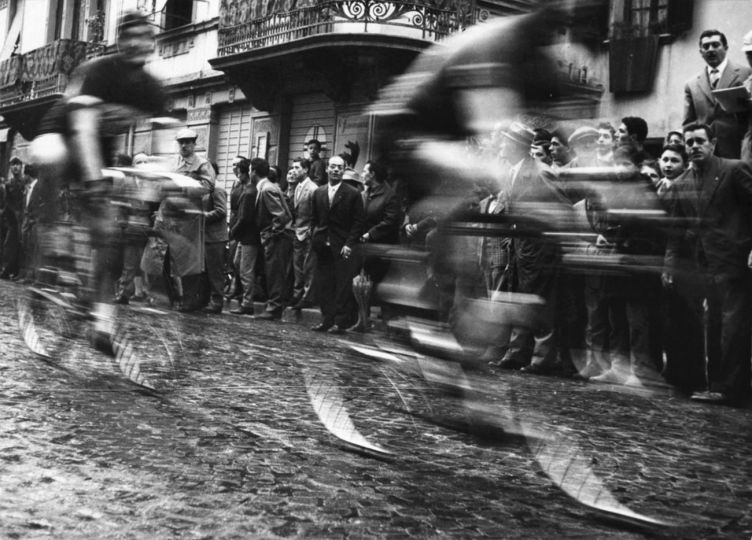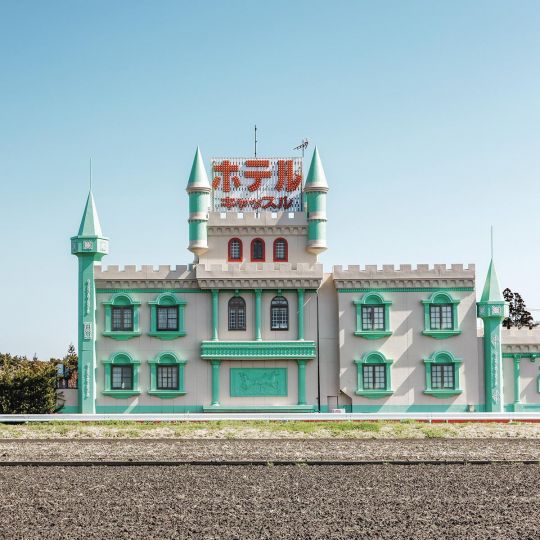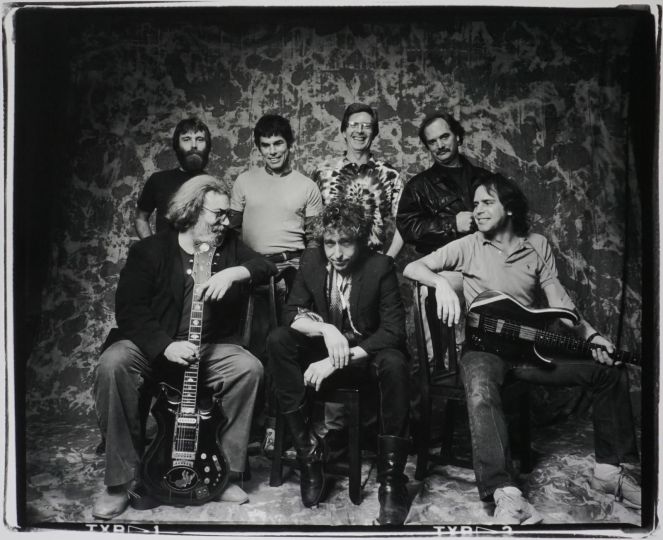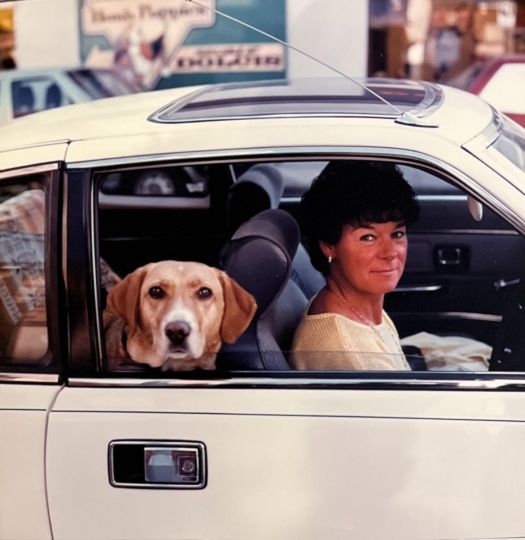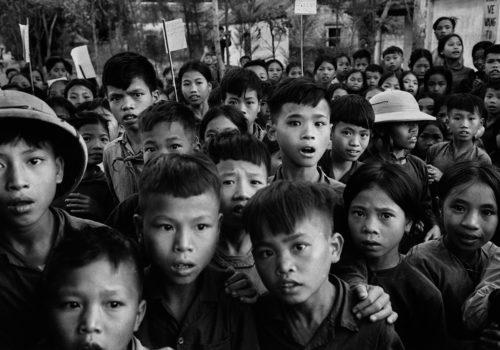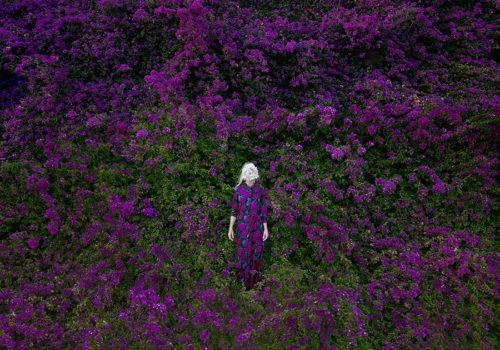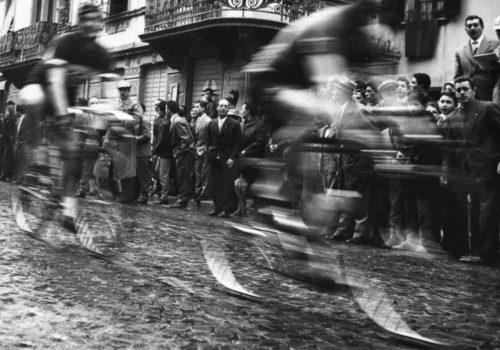Day 2
“Hi, this is Stephanie, the photographer coming to meet with Adam Boxer. I’m running a little late… My apologies.”
“No problem, Stephanie. Adam is here and it’s only 3:53, so technically you aren’t even late yet. See you in a bit.”
7 minutes to leave the story I’ve just heard behind.
7 minutes to forget the questions, the desire to know more, the enchanting ghosts of the past that got into the taxi with me.
7 minutes to remember where I’m going: Ubu Gallery.
7 minutes to get my head together: Adam Boxer, multimedia gallerist in love with the art and culture of the 1920s. He shows avant-garde work, always surprising and often in a Surrealist vein, such as the current The Love Life of the Spumifers by Georges Hugnet. It’s a series of black-and-white photos of female nudes, on top of which the artist has drawn hilarious colorful monsters. Honestly, anyone who exhibits something like this has to have a sense of humor. I think this is going to be fun.
And it is. The interview is fascinating, funny and much longer than planned. It’s a little wild, too, especially the last half-hour, when we got a little carried away.
We finish the interview, I take a few portraits of Adam, and then I start getting ready to photograph the pictures he had brought with him.
But then one of his friends arrives and starts looking around the exhibition, taking care to spend time with each Spumifer. He occasionally bursts out laughing at the cheekiness of these crazy monster-like things. Behind my lens, I do my best to stifle a laugh. Then, as if by magic, Rormer, a composer and friend of Hugnet, walks through the door to see the show… Did somebody say Surrealist?
As he leaves, Adam brings out the book written by Hugnet on the origins and characters of each of his Spumifers. The friend and I choose The Conceited Wooleton and Adam, in between bouts of giggling, reads us the not very flattering portrait of this Spumifer, whose petty little habits make him the one who most resembles a human being.
My cheeks are still sore from laughing.
Thank you, Adam.
From one gallery to another…
In 1984, Adam Boxer, Jack Banning and Rosa Esman opened Ubu on 78th between Madison and 5th Avenue.
Adam was the “kid brother” of the trio.
They specialized in the representation of avant-garde artists. Ubu quickly became known for exhibitions devoted to the Dada, Surrealist and Constructivist movements.
Rosa left the trio at the end of the 1990s.
In 2002, Adam and Jack lost their lease and went their separate ways.
Adam decided to take over the gallery himself.
The story of the famous “Ubu edition”
For their second exhibition, The Box from Duchamp to Horn, in 1994, the Ubu trio sent out a tongue-in-cheek invitation in the form of a box.
Later, during his travels abroad, Adam saw the invitations on the desks and bookshelves of his clients and collectors. For the group’s fourth show, Signed Posers + Multiples, devoted to the work of Joseph Beuys, Adam sends out fabric postcards as an invitation. Another success.
So for each exhibition, the trio tried to create a unique invitation, which they called “Ubu edition.” As Adam says, the challenge wasn’t all that simple: they had to make every invitation small, light and flat enough to that is can move easily (and inexpensively) through the mail.
Adam tells me that these “Ubu edition” are now collectors’ items.
An orange Spumifer feather now sits on my desk. Guess where I picked it up.
His best memory as a gallerist…
One of his best memories is linked to the creation of the invitation to a Yoko Ono exhibition, Drawings from “Franklin Summer” and Blood Objects from “Family Album”. She had recreated a series of everyday objects and covered each with a few tiny drops of blood. So the Ubu team decided to send a “bloody” invitation. They talked it over with Yoko and decided on a key that emerges from its lock dripping with blood.
They bought three thousand keys and red metal paint, then went into the gallery’s garden preparing to dip the keys one by one. But as soon as they realized how long that would take, they decided instead to stick dozens of keys into a Styrofoam block before dipping them in the bloodbath.
They packaged each of the keys into small clear bags, the sort the police use for gathering evidence, with a sticker reading, “This object was made by Yoko Ono.”
Adam recently saw a few of his keys for sale on eBay.
Another good memory in the form of a regret…
Through Rosa’s friends, the trio met Yoko Ono’s agent and organized two exhibitions of her work. At the time, the gallery was located near Central Park. Yoko used to come by with a few pounds of chocolate from La Maison du Chocolat.
Adam looks back on these unique times with nostalgia. He says that since the gallery moved, these kinds of things no longer happen.
His worst memory as a gallerist…
When, in 2002, their landlord put the building that housed Ubu up for sale. The lease for the gallery was still valid for three years. Adam and his partner wanted to stay, but they abandoned the space when they learned that they would have to put up with heavy construction, including the installation of an elevator in the middle of their workspace.
The first photograph he bought for himself, or one that has a special importance in his life…
A tenir au frais by Hans Bellmer. Adam calls it “UnicaBell” in celebration of this rare collaboration between Bellmer and his companion, Unica Zürn, and also because the title is unpronounceable by anyone who doesn’t speak French.
On his bedroom wall…
Untitled by David Hare. This print was created using a method in which the emulsion is stirred while it’s heating. Hare and his friend Raoul Ubac developed this technique and appreciate its element of “divine chance,” the randomness, the surprise…
Although Hare was most known for his sculptures, he was also the editor of the VVV Magazine. This print was taken from Portfolio VVV.
If he was a renowned photographer…
Probably Bellmer—not for his life, but for his artistic freedom. Adam likes how Bellmer expressed his love life and desires in public before that was common, and his constant attempts to make the taboo accessible.

